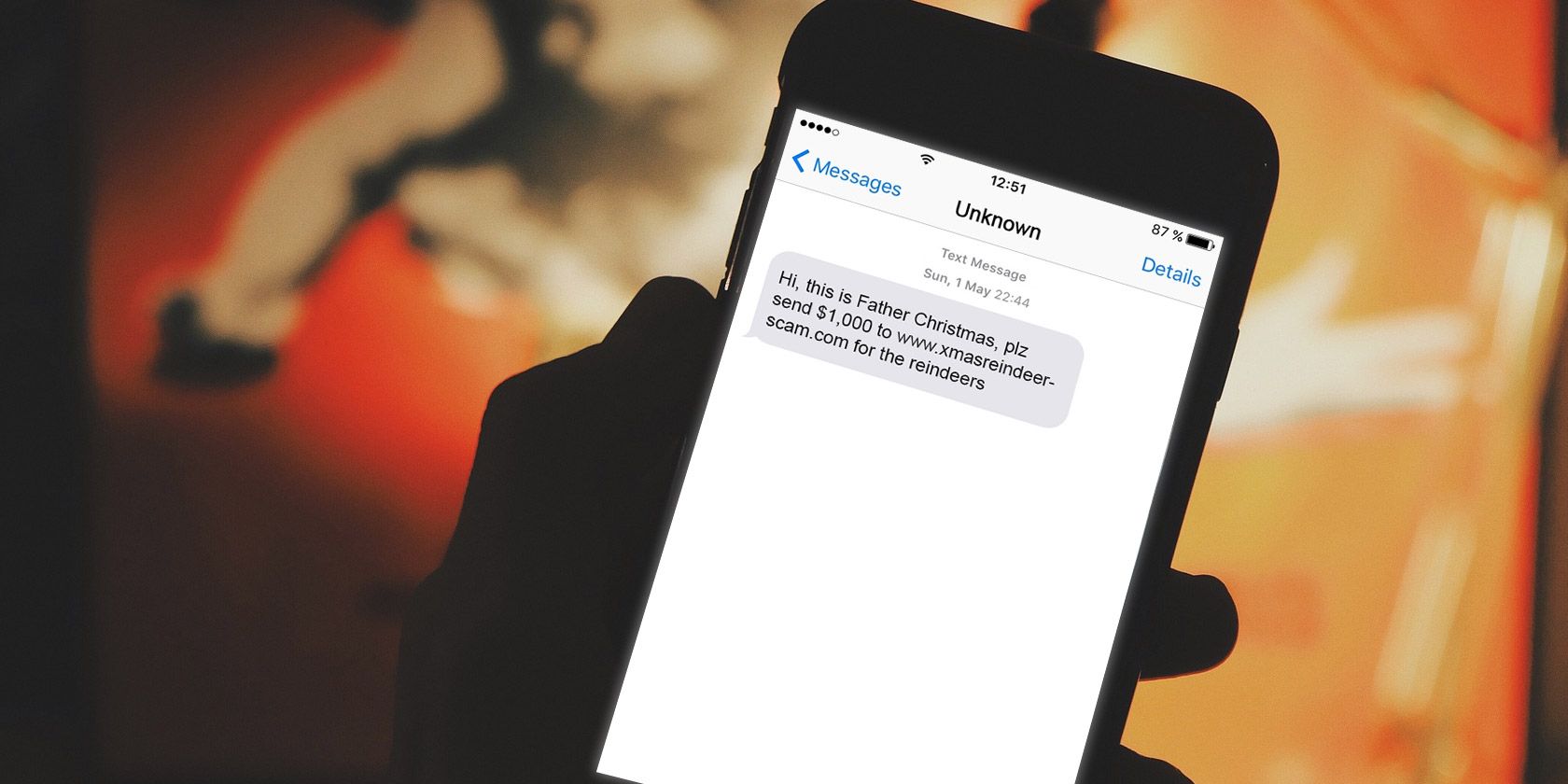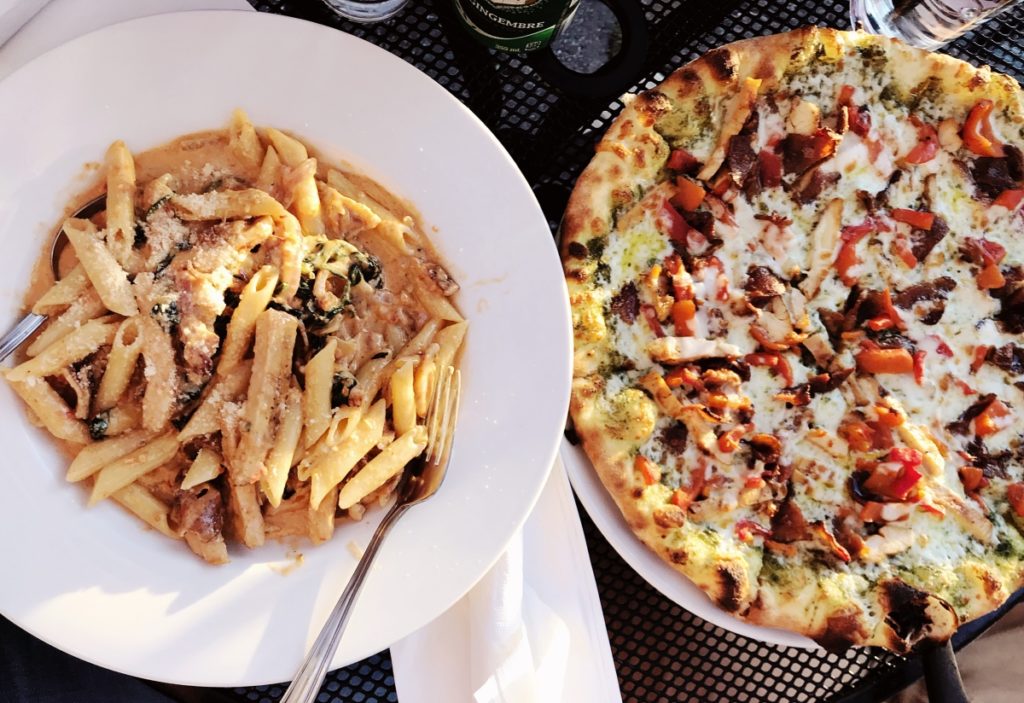
Speak Like a Local in Italy: Essential Italian Greeting Guide

Speak Like a Local in Italy: Essential Italian Greeting Guide
First impressions matter. Don’t let anyone tell you otherwise. Especially in Italy where the people are so warm and friendly! Just a simple hello in Italian , like_Ciao_ ,Buongiorno or_Salve,_ can make all the difference in a conversation with an Italian native. Maybe add a_bacio sulla guancia_ (kiss on the cheek) to that if it is appropriate and they will absolutely love you! And don’t think that this is just “an Italian thing”. No. Your attempt to speak the local language will surely be regarded as a sign of respect everywhere you go in the world. So get your greetings on point before traveling to a foreign country. You never get a second chance to make a good first impression!
1. How to say “hello” in Italian
Ciao is undeniably the most common Italian greeting. In fact, I’d say it is universal and used in many countries between friends as a joke. Together, of course, with_Capisce_ (“Do you understand?”). We all use_Capisce_ and_Buongiorno_ (“Good morning “) when we want to summon our inner Italians, don’t we? Hahaha!

But there’s more toItalian greetings than just_Ciao_ . Let’s discover the best ways tosay hello in Italian and how it is appropriate to use them, depending on the social context you are in.
Hello in Italian – Salve!
The Italian culture is renowned for its deep respect for the elderly. That is why you should always be a bit more formal in one-to-one interactions with older people or with people you don’t personally know. In this kind of situation, you can safely use_Salve._ To put it into perspective,Ciao is the Italian equivalent of “Hi” while_Salve_ is the equivalent of “Hello”.
Hi in Italian – Ciao!
Definitely, your best choice for an informal situation,Ciao, derived from the Venetian phrase_S-ciào vostro_ or_S-ciào su,_ literally meaning “I am your slave”. However, the expression was not to be taken literally. Its real meaning was rather a promise of goodwill among friends (the same “at your service” was used in English).
The phrase was later shortened to_Ciào_ , lost its servile connotations, and started being used as an informal greeting by all people regardless of their class.
Moving on to other ways tosay hello in Italian , if you want to greet a group of friends, you can also say**Ciao a tutti** which means “Hello everybody”. Depending on your relationship with the members of the group you are greeting, you can also say**Salve a tutti** or you can greet each and every one of them differently.
In Italy, it is also possible to hear children say_Ciao-ciao,_ which is the cuter version of_Ciao_ and it translates to “Bye-bye”.
2. Italian greetings for certain moments of the day
Good morning in Italian –Buongiorno! (it can also be used as a goodbye)
Good afternoon in Italian –Buon pomeriggio!
Good evening in Italian –Buonasera! (it can also be used as a goodbye)
Good night in Italian –Buonanotte! (it isn’t used only as a bedtime expression. Italians say_Buonanotte_ when they meet someone in the late evening.)
All four of these greetings are safe to use in any kind of formal or informal interaction.
3. How to say “goodbye ”in Italian
Arrivederci is the most common way to say“goodbye” in Italian. The same as_Ciao_ , it can be used safely in all kinds of social contexts (formal or informal).
However, you should note that, depending on when you say it,Ciao can also mean “Goodbye”. So yeah, it’s now safe to say that_Ciao_ is an all-purpose greeting.
On the other hand, if you want to say goodbye, let’s say, to_la nonna della famiglia_ (the grandmother of the family), you’ll want to be a bit more formal than_Arrivederci_ . In that situation,Arrivederla is recommended.
Want more? Here are other ways to say goodbye in Italian that are suitable for both formal and informal situations:
- See you later. –A dopo.
- See you in a bit. –A fra poco.
- See you tomorrow. –A domani.
- See you soon. –A presto.
4. Other basic Italian phrases that you should know
If you want to travel to Italy, you should know that this is where you’ll meet one of the kindest, friendliest and most talkative people in Europe. Don’t believe us? Well, hear this! If you are familiar enough, the Italians will even give you an_bacio sulla guancia_ (kiss on the cheek). Careful though! Not every social interaction calls for a cheek kiss. So don’t take the first step yet. In time, you will learn the proper Italian behavior.
The bottom line is that one week in Italy is enough to fill yourself with positive energy and joy 
Now let us go back to the point. Here are a few sentences you could use for abasic conversation in Italian:
- Hello! How nice it is to see you! –Ciao! Che piacere vederti!
- How are you? –Come stai? (or_Come sta?_ – formal)
- Very well. Thanks! –Molto bene, grazie.
- I’m well. Thanks! And you? –Sto bene grazie, e tu?
- So so –Così così.
- Things are going great! –Va benissimo!
- Everything is going well. –Va tutto bene.
- What is your name? –Come ti chiami?
- My name is Mondly. –Mi chiamo Mondly.
- Nice to meet you. –Piacere.
- It’s nice to meet you –Piacere di conoscerti.

“Italian food” by Nerise Gokpinar©
P.S.: If you want to say that the pasta is delicious, you say_È delizioso!_ (It’s delicious!).
Bonus: “Excuse me”, “please” and “thank you” are all part of the definition of being polite in any language, so here’s how to apologize, say please or thank you in Italian:
Please. –Per piacere.
Thank you. –Grazie.
Thank you very much. –Grazie mille.
I’m sorry. –Mi dispiace.
You’re welcome. –Prego.
Excuse me. –Mi scusi.
No problem. –Non c’è problema.
Speak Italian fluently in just 10 minutes a day
Do you want to see the Italian “hello” in action in real-life conversations? Get Mondly, the award-winning language learning app that will help you speak Italian as if you were Tuscany-born.
It can be really tricky to master the Italian way of speaking if you don’t actively live in Italy. But with Mondly, you’ll have access to a unique, fast and highly efficient learning method that allows you to learn Italian naturally with practical topics, authentic conversations, and bite-sized Daily Lessons.
Start using Mondly for free on your computer or download the app and learn Italian fast anytime, anywhere.
Also read:
- [Updated] Unlocking Stream Potential Your Journey with OBS, YouTube, & Twitch for 2024
- 2024 Approved Streaming Showdown Which Superior Broadcaster Tool Are You?
- 2024 Approved Top Free Chants & Sounds A Guide to Peaceful Meditation
- Apple’s High Praise for Mondly: Top 10 Educational Innovator Award
- Embrace 1,500 Days of Easy Learning Access
- Exploring Why GPT Can't Be Tweaked Easily
- Fixed Issue: Overcoming Cloning Restrictions in Acronis True Image
- Guide to Adding Audio Files to InShot's Library
- How I Transferred Messages from Nokia 150 (2023) to iPhone 12/XS (Max) in Seconds | Dr.fone
- Insider Tips to Speak Like a Native with Top 25 German Phrases
- La Semaine Française Unique
- Streamlined Recording of PowerPoint Slides via Webcam for 2024
- The Trials in Acquiring Fluency in German
- Trick-or-Treating's Global Variants
- Unveiling 10 Common Spanish Greetings: A Comprehensive Guide
- Title: Speak Like a Local in Italy: Essential Italian Greeting Guide
- Author: Christopher
- Created at : 2025-01-09 16:40:28
- Updated at : 2025-01-10 16:15:29
- Link: https://mondly-stories.techidaily.com/speak-like-a-local-in-italy-essential-italian-greeting-guide/
- License: This work is licensed under CC BY-NC-SA 4.0.